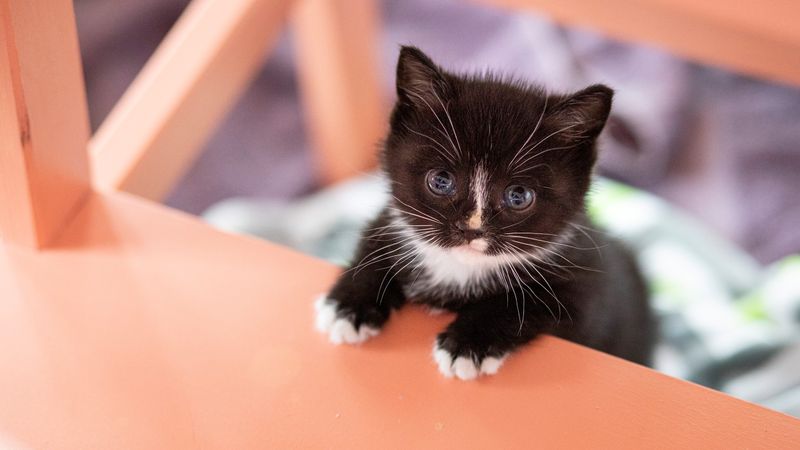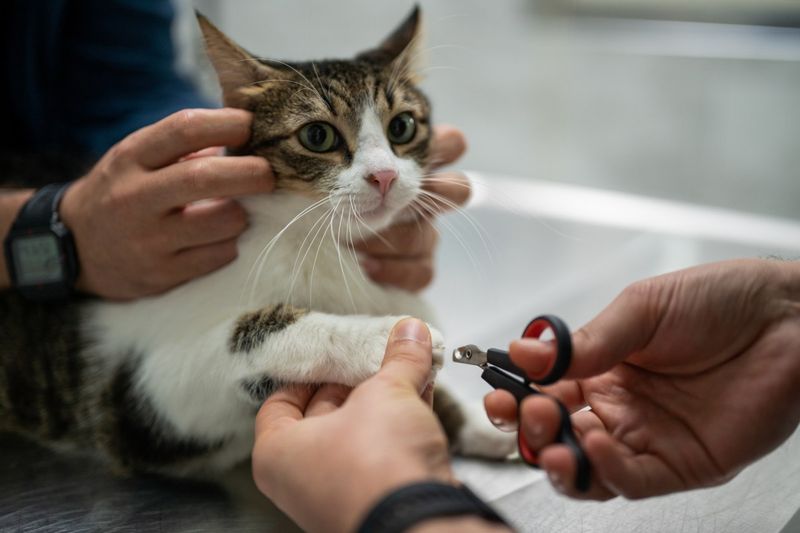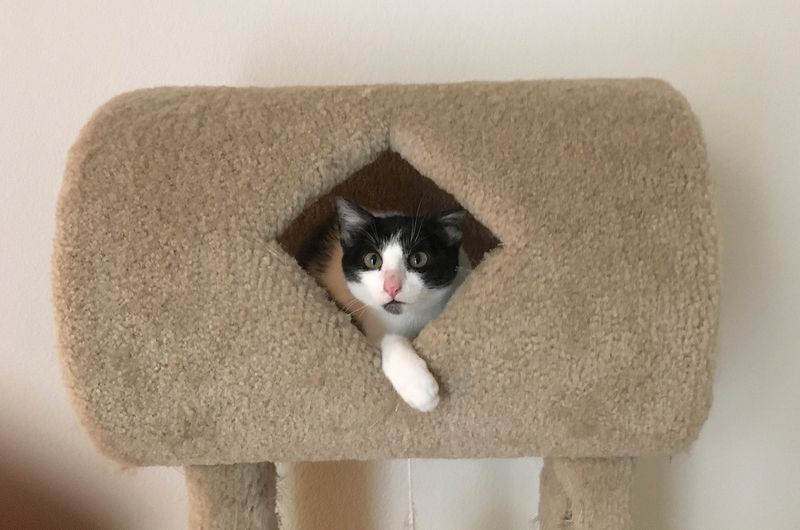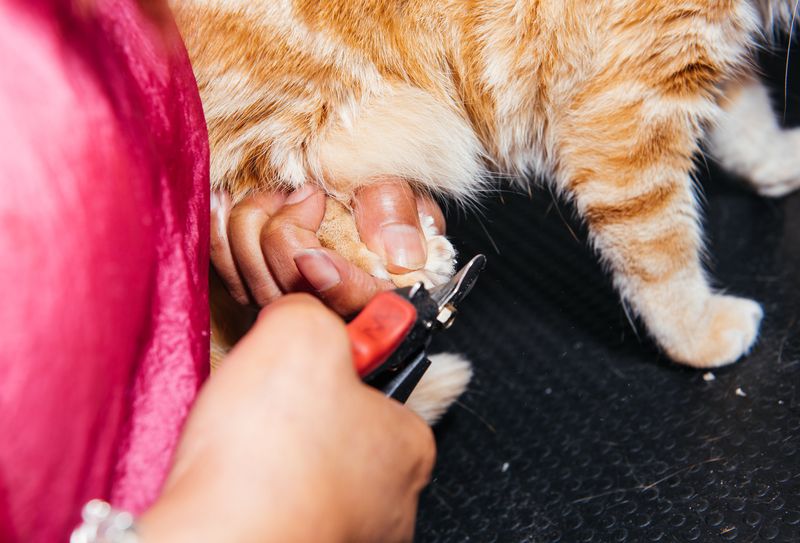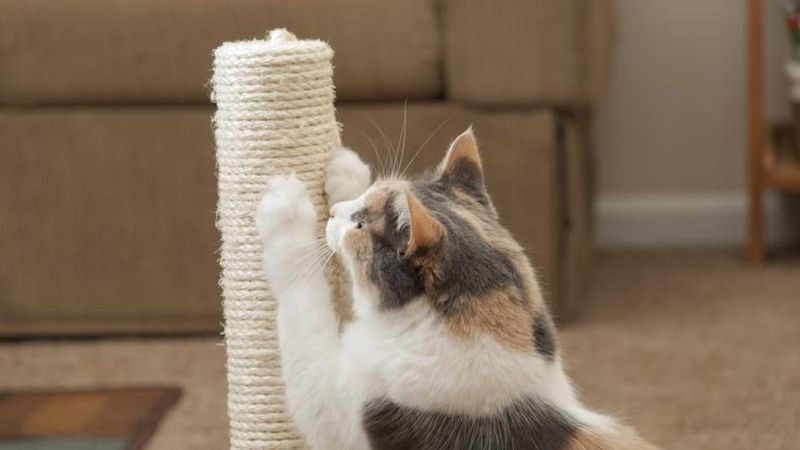📖 Table of Content:
In recent years, declawing cats has sparked intense debate across the United States, with increasing awareness of its long-term effects on feline health and behavior. Once considered a routine procedure to prevent furniture damage or scratching, declawing is now widely recognized as a painful and unnecessary amputation that can lead to physical and emotional complications for cats. Veterinary organizations, animal welfare advocates, and lawmakers alike have pushed for reform, citing evidence that the surgery removes not just claws, but bones, ligaments, and tendons essential to a cat’s mobility and well-being.
As this understanding has grown, local and state governments have begun responding with legislation to ban or restrict the practice. Several states have already passed sweeping bans, while many cities and counties have taken independent action to prohibit the procedure within their jurisdictions. These legal changes reflect not only a shift in public perception but also a commitment by policymakers to protect animals from preventable suffering, even if it challenges long-standing cultural norms or conveniences.
The movement to ban cat declawing continues to gain momentum, with new laws being introduced and passed every year. What began in a handful of progressive cities is now spreading across the nation, building a patchwork of protections for felines. Below is a closer look at the states and cities that have taken a definitive stand against declawing cats, along with some that are poised to join them. Each of these cases underscores how different communities are approaching animal welfare from a legislative perspective.
New York’s Pioneering Ban
Leading the charge in feline welfare legislation, New York became the first state in the nation to outlaw the declawing of cats in 2019. Lawmakers and animal rights groups rallied behind the bill, describing the procedure as inhumane and archaic. The legislation passed with strong support from veterinarians who advocated for more ethical treatment of pets. Although exceptions remain for cases where the surgery is medically necessary, routine or elective declawing is no longer permitted. This groundbreaking move set the stage for similar policies in other states, offering a blueprint for broader adoption. In effect, New York’s law raised national awareness and legitimized the push for declawing bans as a serious public policy issue. Its passage marked a fundamental shift in how state governments could intervene on behalf of non-human animals.
Maryland’s Recent Legislation
Following New York’s example, Maryland enacted a statewide ban on cat declawing in 2022, becoming the second state to do so. The law was championed by animal welfare advocates and veterinary professionals who highlighted the severe physical consequences cats endure after declawing. Legislators described the procedure as cruel, equating it to the amputation of human fingers at the first joint. The ban received bipartisan support and was signed into law with limited exceptions for therapeutic necessity. Maryland’s action reinforced a growing recognition that feline health and dignity should not be compromised for convenience. It also spurred conversations in neighboring states about whether similar reforms should be considered. By aligning public policy with veterinary science, Maryland solidified its position as a leader in humane animal treatment.
Massachusetts’ Future Ban
April 2025 marked a major victory for animal rights in Massachusetts, which officially banned the practice of cat declawing statewide. The law came after years of advocacy, bolstered by data showing behavioral and health issues tied to the surgery. State lawmakers emphasized that declawing is not a harmless solution but a damaging operation that can lead to chronic pain and behavioral regression. Under the new legislation, only medically necessary cases are exempt, ensuring that the procedure cannot be used for mere owner convenience. This shift has been widely praised by local shelters and veterinary organizations, who see it as a step toward more compassionate pet ownership. The law also complements Massachusetts’ broader efforts to improve the welfare of domesticated animals through updated legislation. In doing so, the state has joined a growing chorus of voices rejecting outdated veterinary practices.
Virginia’s Legislative Action
Not long after Massachusetts, Virginia joined the expanding list of states outlawing feline declawing by passing its own ban in 2024. The state’s legislative body was moved by compelling testimony from veterinarians and cat guardians who described long-term complications from the procedure. Critics of declawing emphasized its lasting effects, such as difficulty walking and increased aggression, as reasons for intervention. The ban limits the surgery to medical necessity, firmly categorizing elective declawing as a prohibited act. Animal advocacy groups in Virginia hailed the decision as a moral win and a practical improvement for domestic pets. The law also reflects a wider cultural change in the region, where attitudes toward pet care are shifting toward more humane standards. Virginia’s decisive action illustrates how scientific understanding and ethical reasoning can converge in policymaking.
California Cities Leading the Way
California has played a crucial role in pioneering local bans, with eight cities independently banning cat declawing well before a statewide policy was considered. These municipalities—West Hollywood, Los Angeles, San Francisco, Berkeley, Beverly Hills, Culver City, Santa Monica, and Burbank—led the way with ordinances grounded in animal protection. West Hollywood was the trailblazer, enacting its ban in 2003, and setting the tone for the rest of the state. Each city crafted legislation that emphasized the unnecessary nature of the surgery and its harmful impact on feline health. The city-level bans have created a unique legal landscape in California, acting as both safeguards and advocacy tools for broader reforms. Local veterinarians often supported the movement, citing ethical concerns and modern alternatives to declawing. California’s city-based efforts reflect a bottom-up approach to animal rights, proving that meaningful change can start at the municipal level.
Denver’s Historic Decision
As the first city outside of California to enact a declawing ban, Denver made national headlines with its 2017 ordinance. The move followed growing concern from veterinarians and residents about the ethical implications of the surgery. Denver’s city council passed the measure unanimously, citing health risks such as nerve damage, chronic pain, and behavioral issues. The decision was lauded by animal welfare groups as a brave and compassionate stance. Denver’s ordinance inspired other municipalities across the country to consider their own bans, expanding the conversation beyond state borders. The city also demonstrated that local governments can take meaningful action even without state mandates. Denver’s early leadership helped normalize anti-declawing policies in regions where such legislation was once considered radical.
Austin’s Commitment to Cats
In a state not traditionally associated with progressive pet legislation, Austin stood out by passing a citywide ban on cat declawing. Local leaders were influenced by increasing evidence that the surgery causes more harm than good. Austin’s veterinary community played a critical role in the ordinance’s development, providing expert testimony on the risks involved. The city council emphasized that scratching is a natural feline behavior, and that modifying it through amputation is unacceptable. Animal shelters across the city praised the measure, noting that declawed cats are often returned due to behavioral problems. Austin’s proactive stance reinforces the idea that compassion can guide urban policy, regardless of a state’s political leanings. It also demonstrates how individual cities can lead the charge for animal welfare within broader conservative contexts.
St. Louis and Surroundings
Demonstrating a strong regional commitment to feline welfare, both the City of St. Louis and St. Louis County have passed laws prohibiting cat declawing. These bans emerged after local animal welfare advocates raised concerns about the high rates of post-declaw complications. Officials from both jurisdictions cited ethical and scientific research, underscoring that declawing is a form of partial digit amputation. By aligning policy with veterinary best practices, St. Louis has set a precedent for other municipalities in Missouri. Supporters argue that protecting animals from unnecessary pain is a civic responsibility, not a luxury. Animal shelters and rescues in the region reported strong public approval following the ban. Together, the city and county have created a united front that prioritizes animal dignity over outdated convenience.
Pittsburgh and Allentown’s Ban
Across Pennsylvania, individual cities like Pittsburgh and Allentown have taken initiative to outlaw cat declawing within their limits. These efforts stemmed from growing frustration with the state’s lack of a comprehensive declawing law. Advocates in both cities described declawing as both cruel and counterproductive, leading to behavioral issues that often result in abandonment. The city councils responded by introducing local ordinances that were quickly adopted. Public hearings featured emotional testimonies from cat owners and veterinarians alike, detailing long-term suffering caused by the procedure. Both municipalities have since served as examples for other Pennsylvania cities weighing similar protections. Their actions underscore the effectiveness of localized advocacy in driving humane policy forward even without state intervention.
Tacoma’s Recent Ban
In a historic decision, Tacoma became the first city in Washington state to ban cat declawing in late 2023. The ordinance followed months of discussion between the city council, animal rights organizations, and veterinary professionals. What set Tacoma apart was its clear emphasis on educating the public about the natural function of claws in feline development and communication. The city’s law restricts declawing unless deemed medically necessary, mirroring similar policies in other progressive municipalities. Local animal hospitals largely supported the ban, signaling a shift in professional consensus against the procedure. Tacoma’s policy stands as a testament to the growing regional momentum in the Pacific Northwest for stronger animal protections. It also marks a critical shift in the state’s approach to pet health and ethics.


